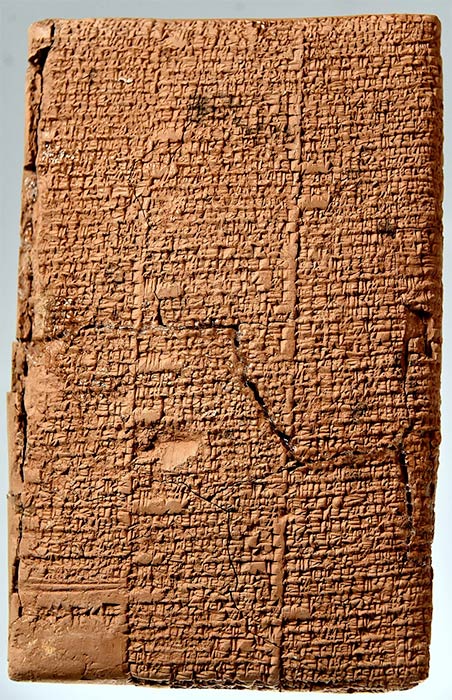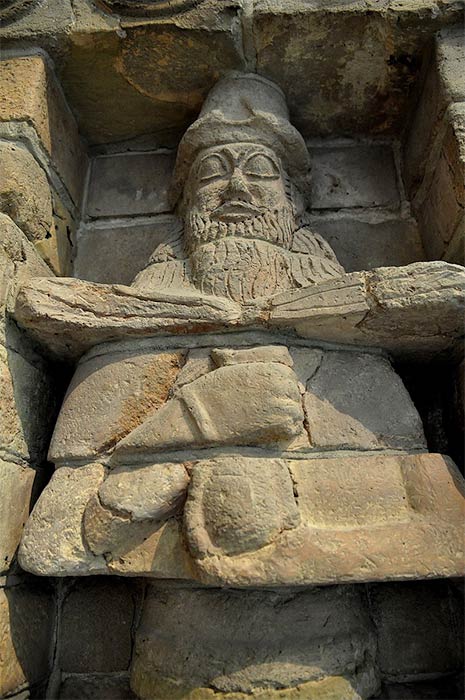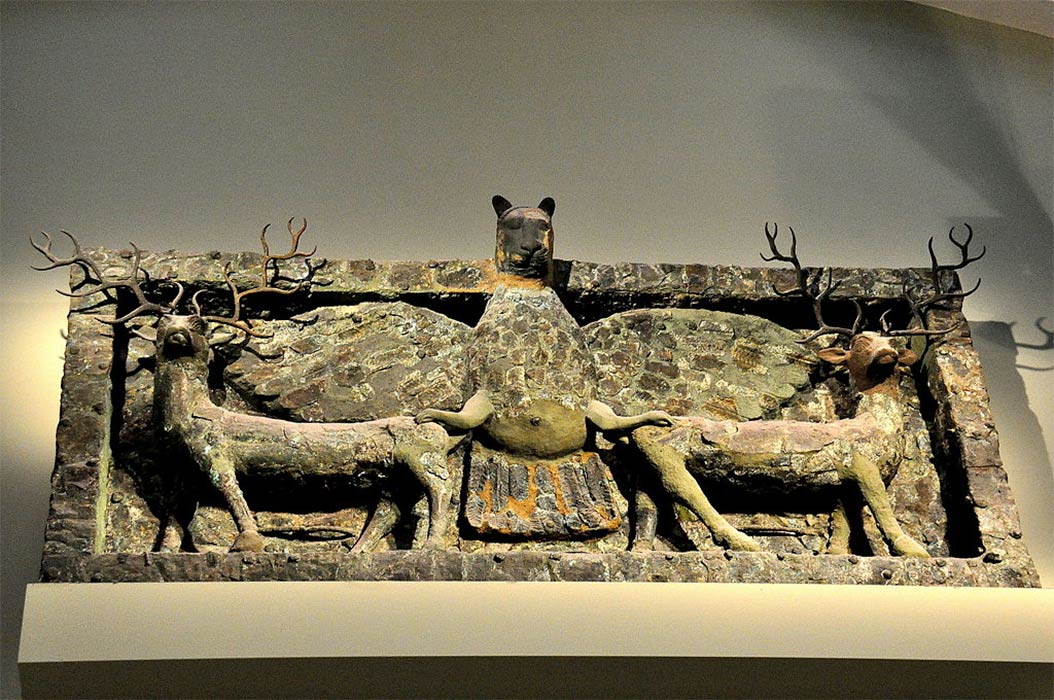
The Legend of Lugalbanda, The First Sumerian Shaman
According to the Sumerian King List, Lugalbanda was one of the kings who belonged to the First Dynasty of Uruk in Sumer in ancient Mesopotamia. What is particularly striking about Lugalbanda is the way in which he is portrayed as a great shaman in the legends told about him. In fact, the stories about Lugalbanda, which date back to the Ur III Period in ancient Sumer (about 2100 BC), constitute the earliest account of shamanistic travelling or journeying in world literature.


The story of Lugalbanda in the Mountain Cave, Old-Babylonian period, from southern Iraq. Sulaymaniyah Museum, Iraqi Kurdistan. (Osama Shukir Muhammed Amin FRCP/ CC BY-S A 4.0)
Legend Of Lugalbanda
Lugalbanda’s narrative is told in two parts, namely Lugalbanda in the Mountain Cave and Lugalbanda and the Thunderbird. The first part tells how Enmerkar, named as Lugalbanda’s predecessor as king of Uruk in Sumer in the Sumerian King List, devised a campaign against the land of Aratta in the north. He called on the people to take up arms and placed them under the command of eight warrior-leaders, including Lugalbanda together with seven other young men. On the road to Aratta, Lugalbanda fell ill and his companions left him behind in a cave high up in a mountain. His companions “made him a bower like a bird’s nest” and left some food to serve as a funeral meal in case he died.
- Shamanic Explorations of Supernatural Realms: Cave Art - The Earliest Folklore
- The Shamanic Essenes, Keepers of the Dead Sea Scrolls And Other Secrets
- Santa Claus – A Siberian Shaman on a Magic Mushroom Trip?
When Lugalbanda recovered and left the cave, he noticed the ‘plant of life’ and ate thereof. He also noticed the ‘water of life’ and drank thereof. The legend relates: “Holy Lugalbanda came out of the mountain cave. There upon the fertile one [the soil], who appeases Enlil’s heart, begot the plant of life. The rolling river, the mother of the hills brought down the water of life. Lugalbanda nibbled at the plant of life, he sipped of the water of life…” Lugalbanda then gained envigorating energy, “like a wild ass of Sakkan [the god of wild animals] he races over the hills”. He is described in animalistic terms with ‘hoofs’ roaming in the mountains. He was then instructed in a dream to bring an offering to the great gods.

Male deity pouring a life-giving water from a vessel. Facade of Inanna Temple at Uruk, Iraq. 15th century BC. The Pergamon Museum (Osama Shukir Muhammed Amin/ CC BY-SA 4.0)
In the next part of the narrative, Lugalbanda found himself in the nest of the Thunderbird, the embodiment of storm clouds, also called the Anzu-bird, which is already in the first part of the narrative said to have kept high up in Enki’s ‘eagle’ tree. Along with him in the nest was the Thunderbird’s chick. Lugalbanda prepared a meal for the Thunderbird and its family, which might be a reference to the offering he had earlier prepared for the gods. Lugalbanda says: “I shall treat the bird as befits him, I shall embrace his wife. Anzu’s wife and child I shall seat at a banquet… when the bird has drunk beer he will be happy; when Anzu has drunk beer he will be happy.”

Frieze of Imdugud (Anzu) grasping a pair of deer, from Tell al-'Ubaid. (Osama Shukir Muhammed Amin / CC BY-SA 4.0)




